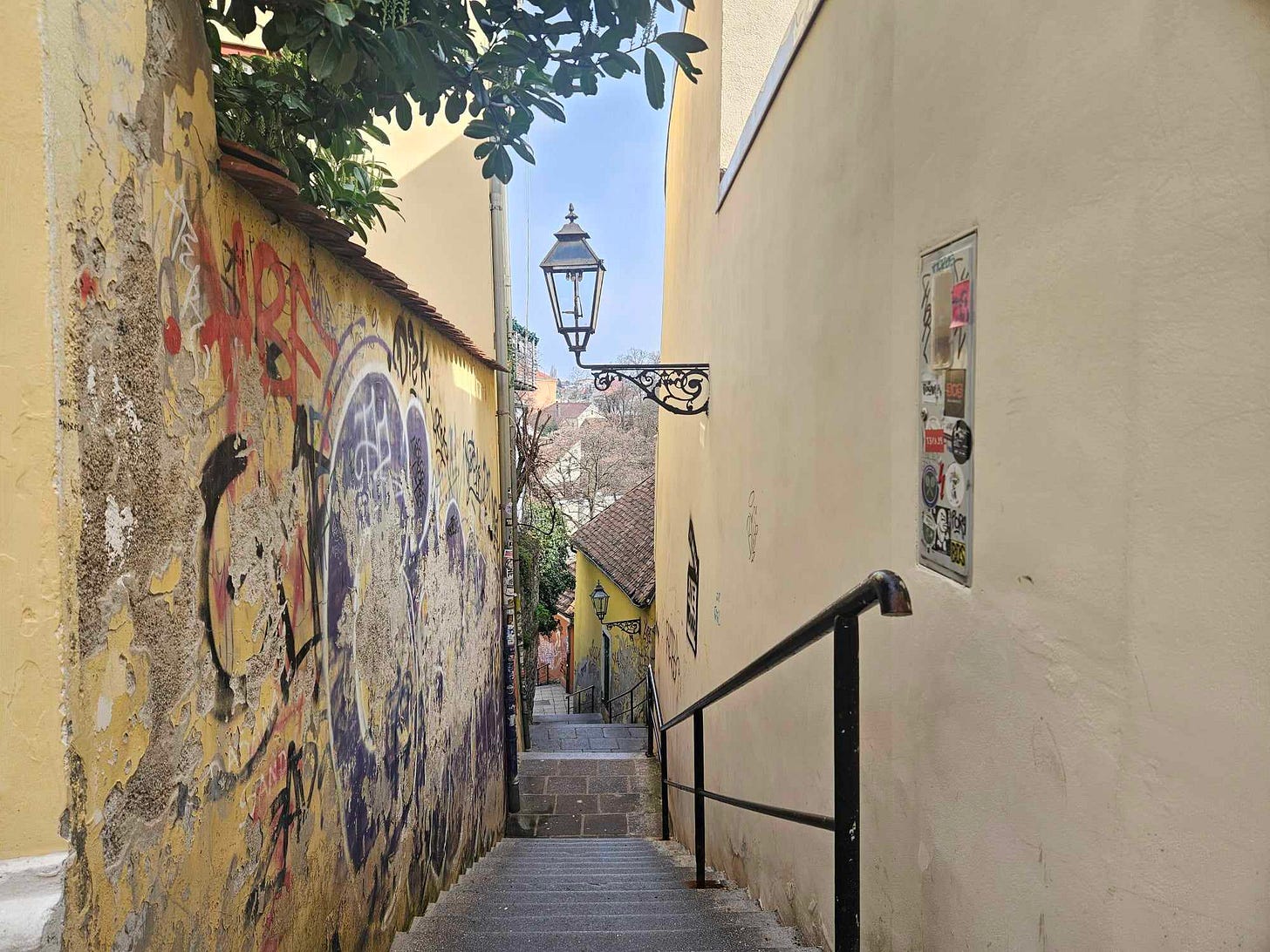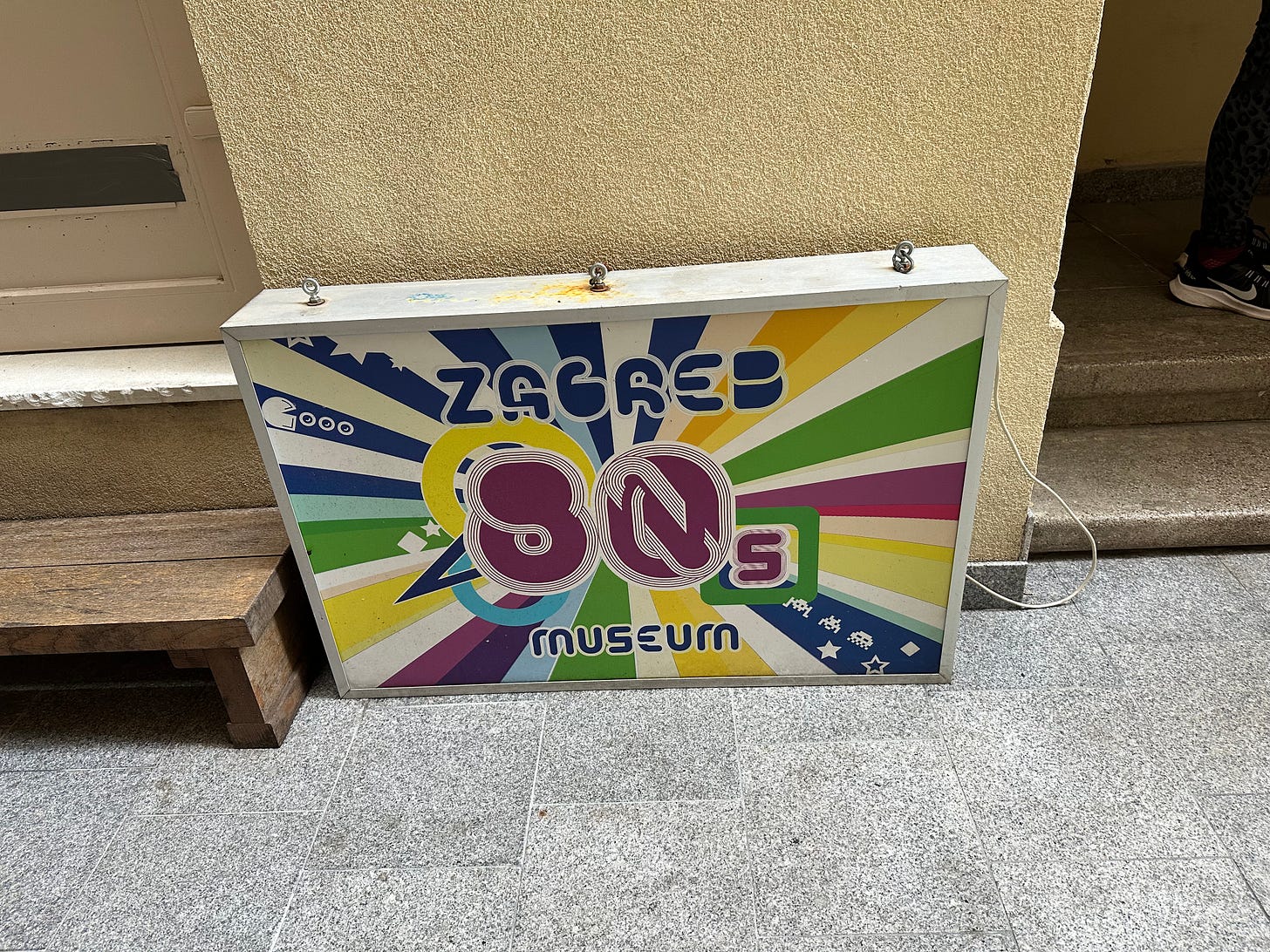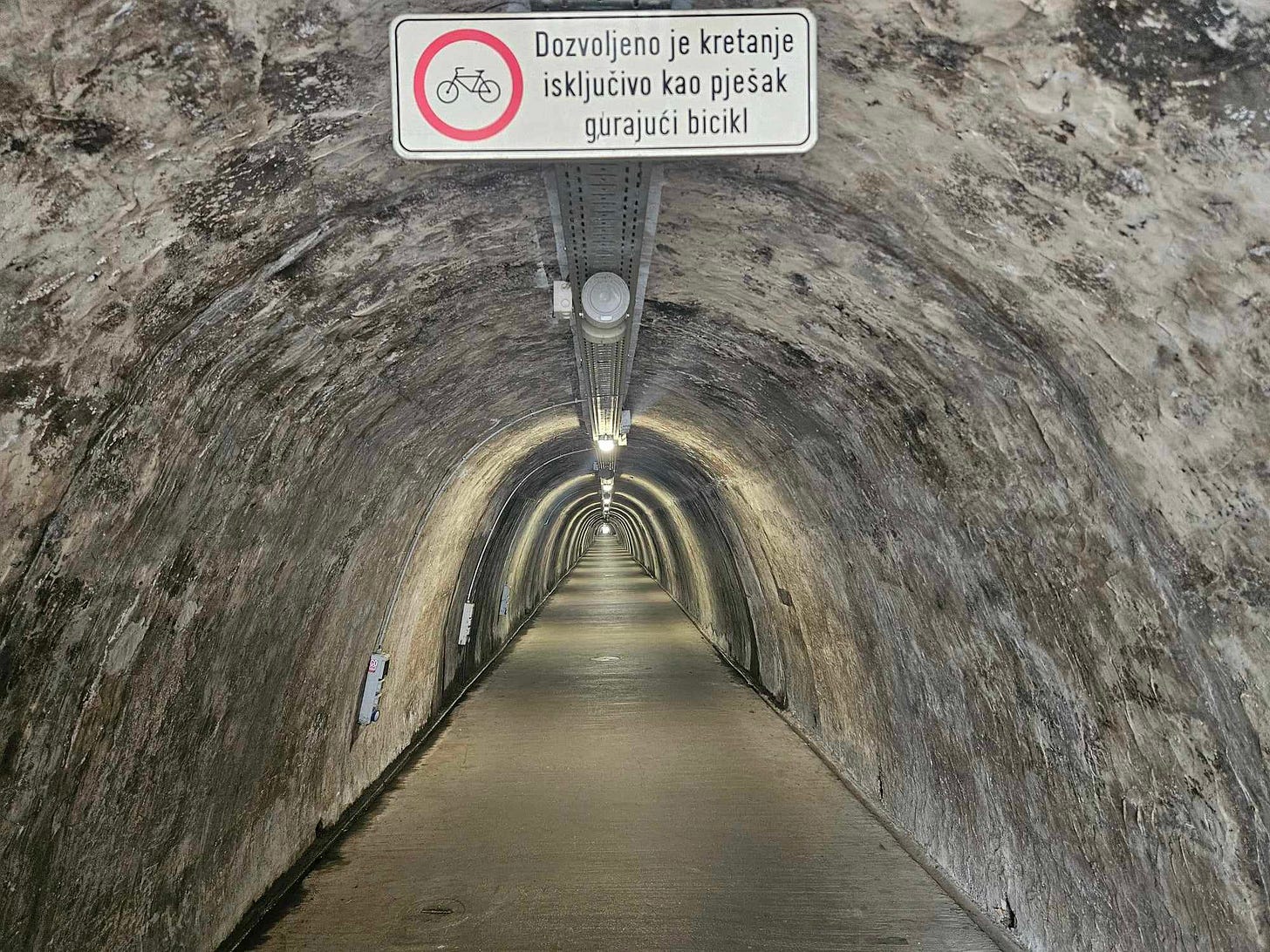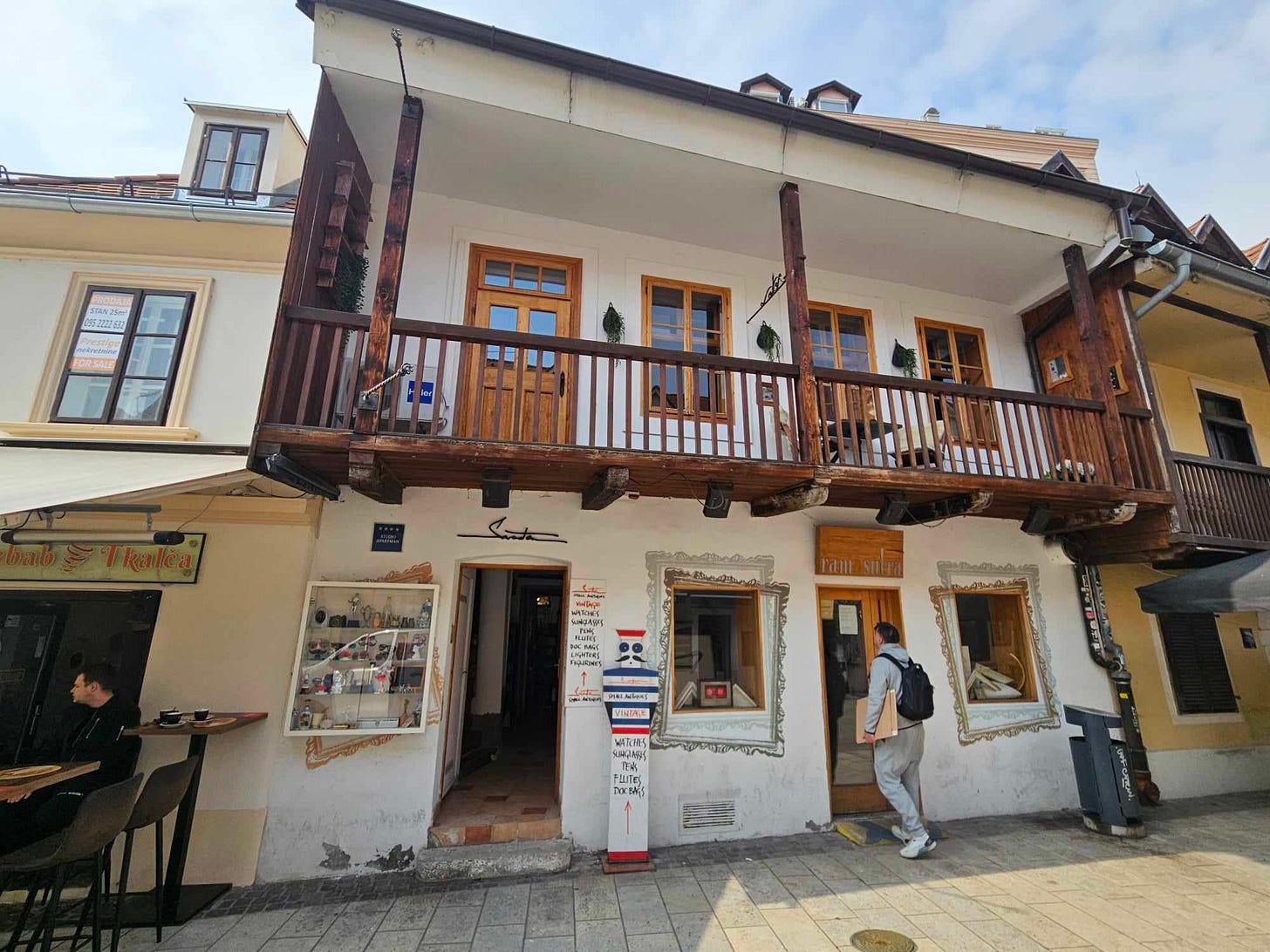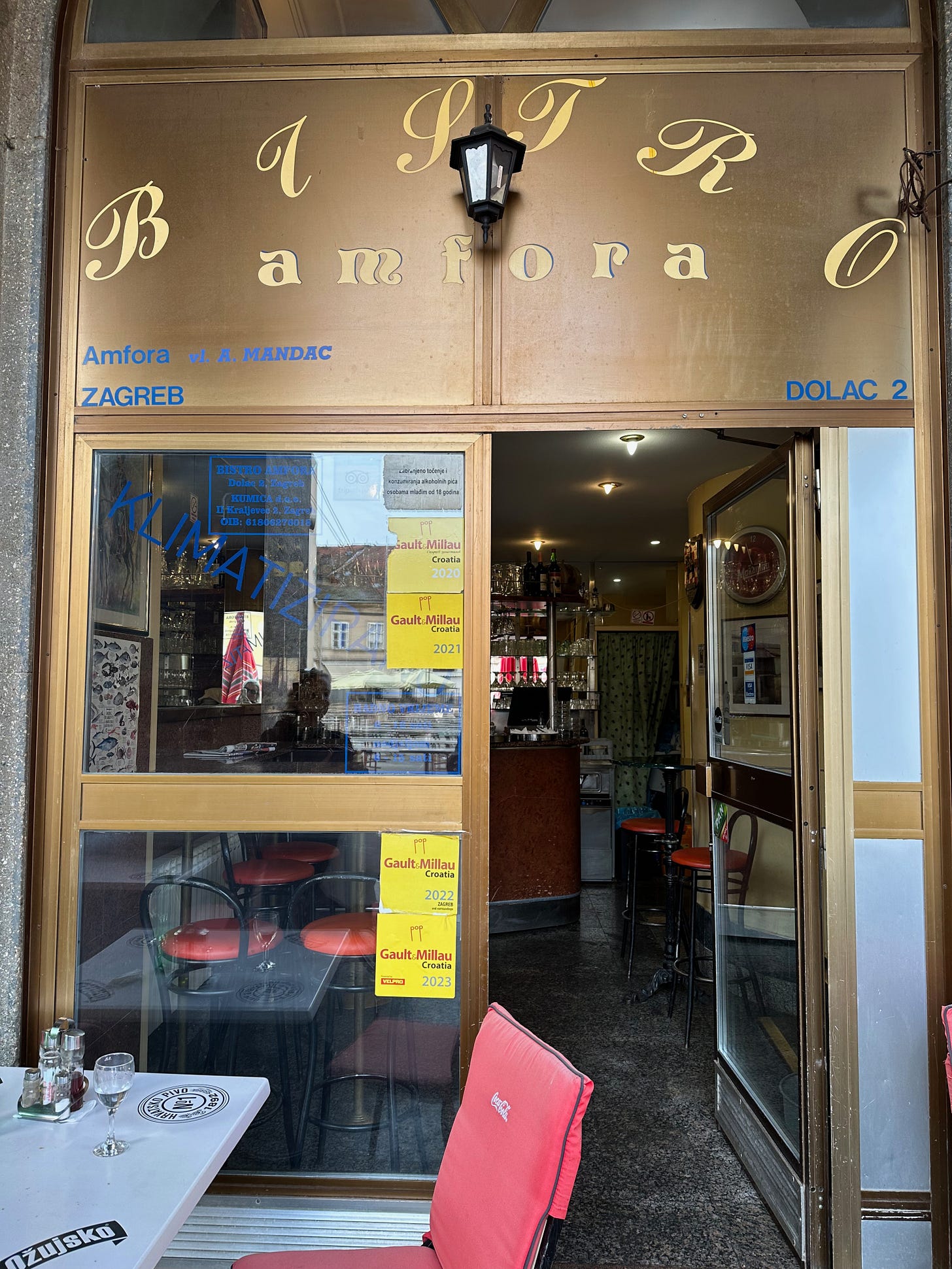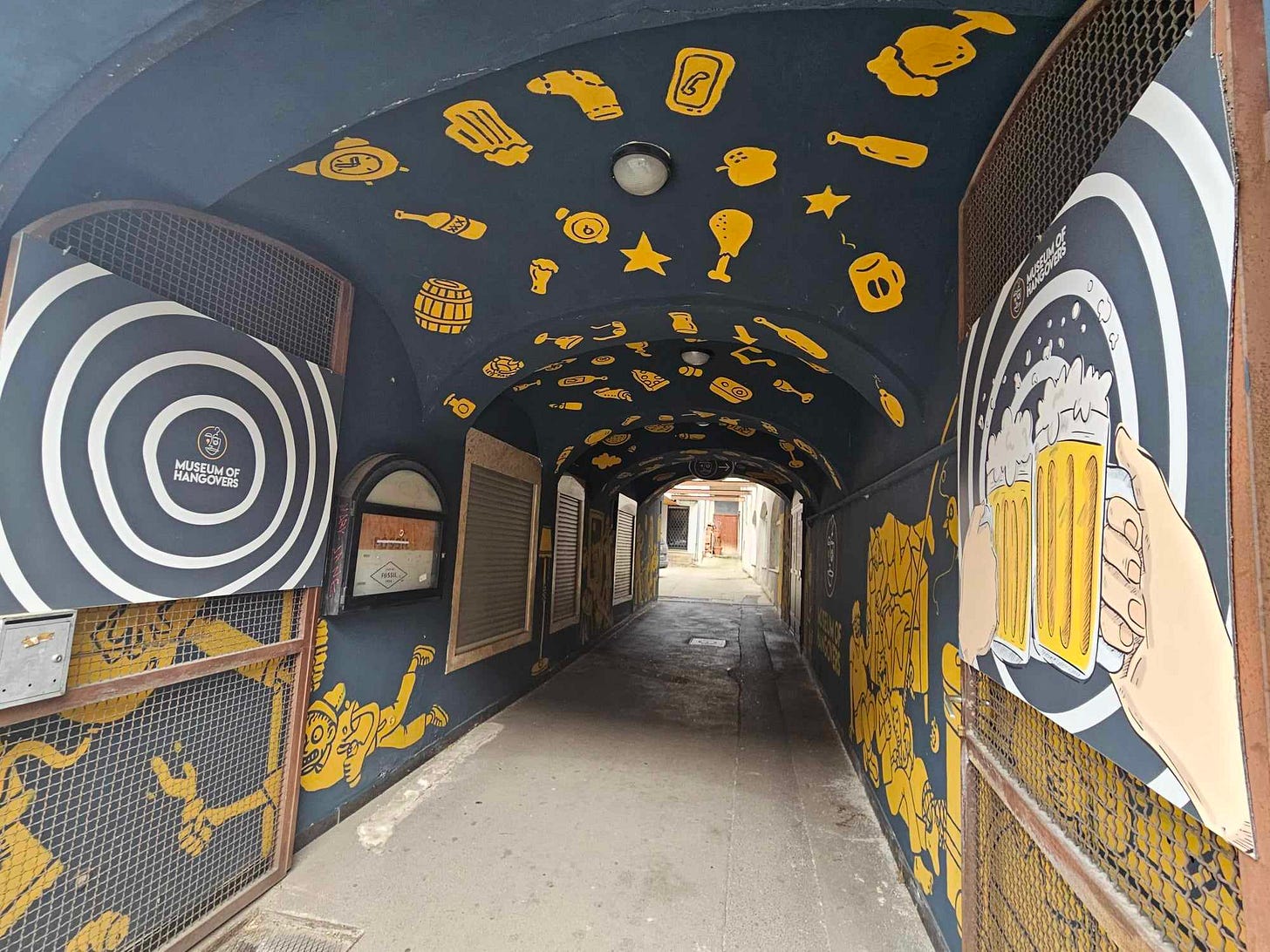Hidden Zagreb: The secret streets of Croatia’s underappreciated capital city
Lebby Eyres explores the back streets of Zagreb
This trip to Zagreb marks a truly historic moment – it was Lucy and my first Arbitrix outing together. So I might as well start not by telling you about Zagreb, but why your authors are friends in the first place.
Lucy was in the year below me at school, but we didn’t bond until we both ended up at Bryanston’s Ancient Greek Summer School in 1990, prior to reading Classics at Cambridge and Oxford respectively. It sounds pretty odd, and it was, and studying Ancient Greek as Iraq invaded Kuwait felt even odder.
In the noughties, we became Internet entrepreneurs together when I launched bintmagazine.com – now almost 20 years ago to the day - and Lucy wrote a fictionalised “bint blog” which was by far and away the most successful part of the website. (Mark Zuckerberg founded Facebook just a month before me. Only one of us is a billionaire.)
But we had never been away together. Lucy is a big fan of Croatia, and in particular Zadar, but I’d never been. I was feeling low and February-ish and so jumped at her suggestion of booking a midweek Ryanair flight to Zagreb, packing everything I needed into a under-seat sized back pack so we could get the cheapest tickets.
If you’re a regular reader of Arbitrix (and my rather more irregular additions to Lucy’s great canon of articles) then you’ll know I’m the chief nostalgia correspondent. This is despite me once writing a piece for bint magazine about the corrosiveness of our national disease.
What can I say except I’m a hypocrite. I love nothing more than ranting about plastic windows, hollowed out houses and soulless modern architecture. As a proud Generation Xer, I look back on the 70s and 80s with affection and long for an era when London wasn’t as poshed up as it is now.
All of that means Zagreb is the perfect city for me. I always wince when travel writers describe places as undiscovered, although I’ve done it many a time, but that is how you will see Zagreb described by those who like to ignore the fact that nearly a million people live here. I won’t do that, but I will tell you it’s real and grimy in places and a bit of a building site (after an earthquake in 2020) – and a fantastically energising place to spend three days.
Most listicles about the city focus on Zagreb’s quirkiest feature – its bonkers museum collection – but I’ll leave that to a later post by Lucy. Unlike 99.9 per cent of visitors to Zagreb, including me, she really hated the Museum of Broken Relationships, and she can tell you why.

We both adored the 80s museum - a flat filled with furniture, clothes, ornaments, music and even a little collection of 80s pornography in a wardrobe.
Meanwhile, in between discovering the Old Town and drinking heavily, I found myself intrigued by the alleyways in the Lower Town. At first sight this area’s less obviously charming than the mediaeval streets which encircle Zagreb’s twin hills, Grič and Kaptol. It’s busy, and you’re liable to be run over by a tram at any moment.
But alongside grand Art Nouveau apartment blocks and Art Deco shopping centres are small arched gateways which lead you into a very different Zagreb. It’s like leaving the city and walking straight into a small village, with balconied two storey houses clustered around courtyards (“dvorista”) with gardens beyond.
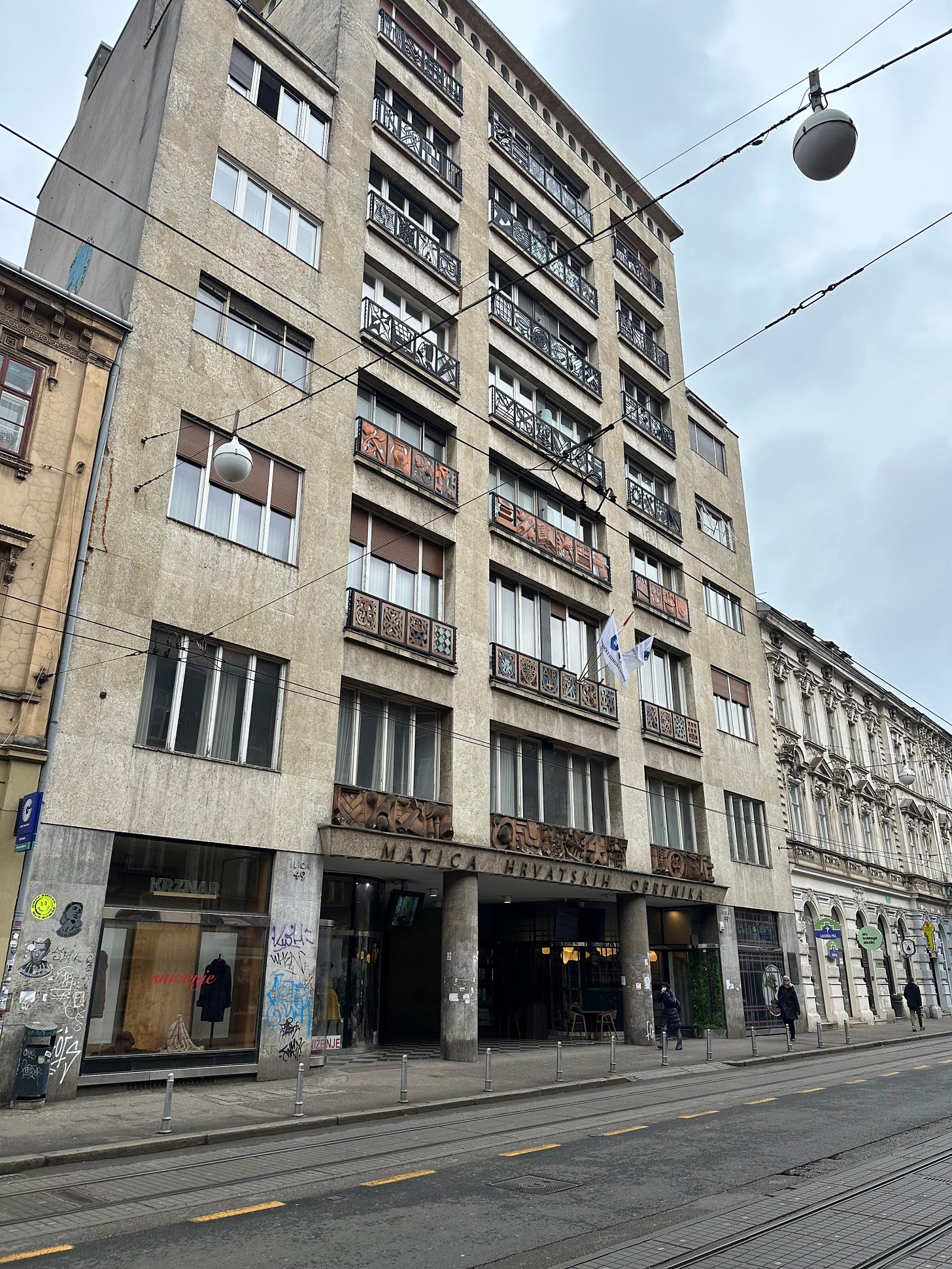
In fact, our Stay Swanky B&B was in one such courtyard; its busy bar and restaurant facing another. Wandering down Ilica, the main shopping street leading from Ban Jelačić Square, we noticed more and more. Some were unprepossessing car parks but others featured coffee shops and trendy bars. Others, which Lucy had to drag me out of, are simply people’s homes and gardens, of course.
This part of town was constructed in the late 19th century but a barman, Melvin, at the Pivnica Medvedgrad tells us the clustered housing leant itself well to Communist-era living. (We also discovered he had been a Young Pioneer when Croatia was part of Yugoslavia, pre the 1990s Balkan Wars.)
That is the other great thing about Zagreb – the people. Everyone was incredibly friendly, and generous. We were plied with free bus tickets, a lighter, cigarettes (not me), coffees, hot chocolate and a few rounds of drinks. In the Small Antique Shop Saraden (its actual name) on Tkalčićeva Street we met Radomir, a former journalist and photographer, who had some extraordinary tales to share.
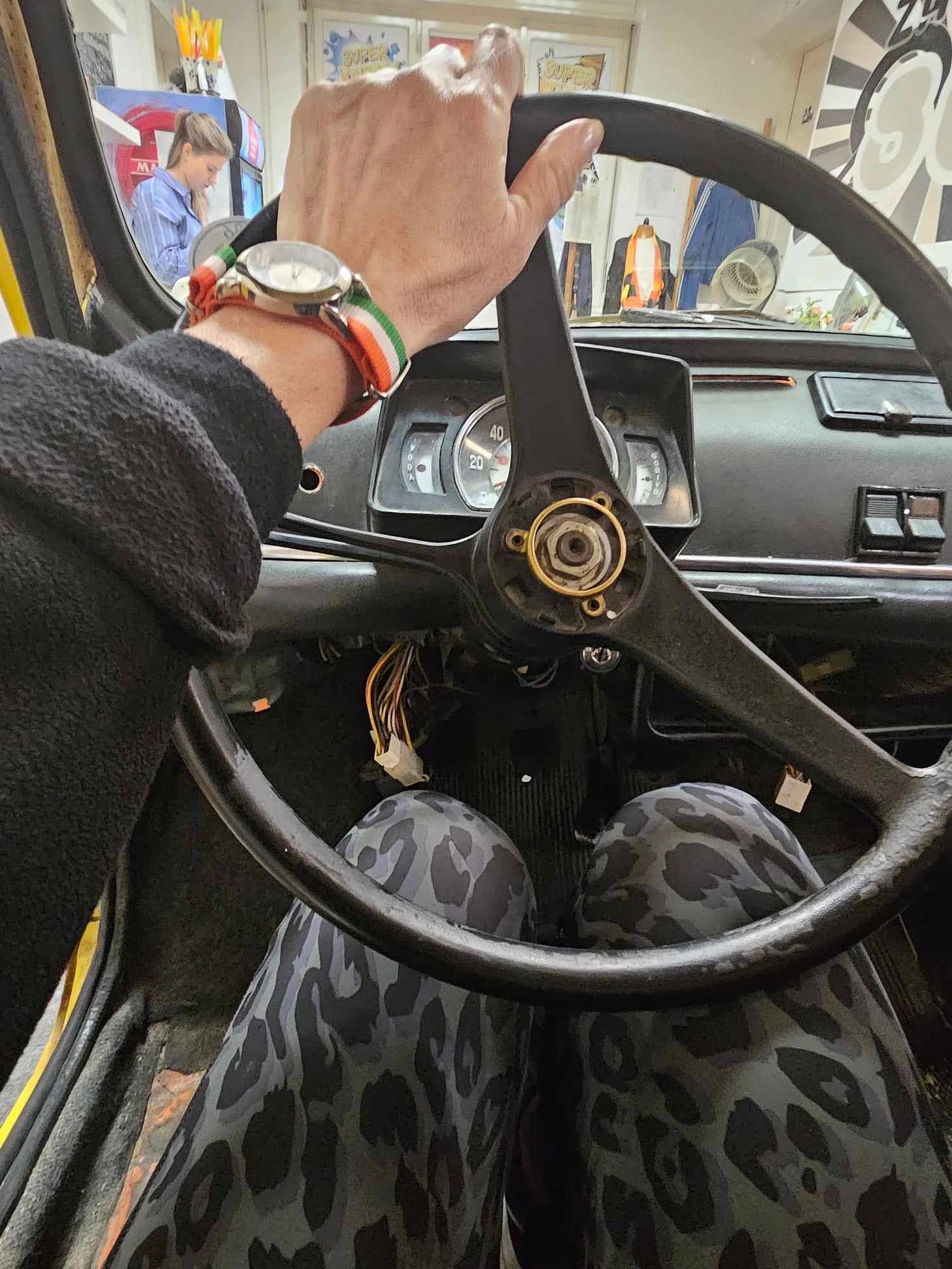
I bought some Socialist era sunglasses with some rowing pins thrown in, while Lucy got a freebie watch. Radomir rolled up his sleeve and showed us his fancy timepiece. “This belonged to Robert de Niro” he said. “I swapped it with him”
It took a little bit of time to get on the right track with the local cuisine which can incline towards the stodgy. But the fantastic ladies of Bistro Amfora put us straight, with some amazing fried sea bass and a local speciality of potatoes and Swiss chard. My Croatian friend Vladka also came up with two great suggestions – Pizzeria Park and fish specialists Restoran Korcula.
We stuck religiously to Croatian wine and bubbly, and despite sampling quite a lot, managed to get away with it without a hangover.
But if you do get one when you’re there, we’d always recommend a trip to the Museum of Hangovers for a restorative rakia


